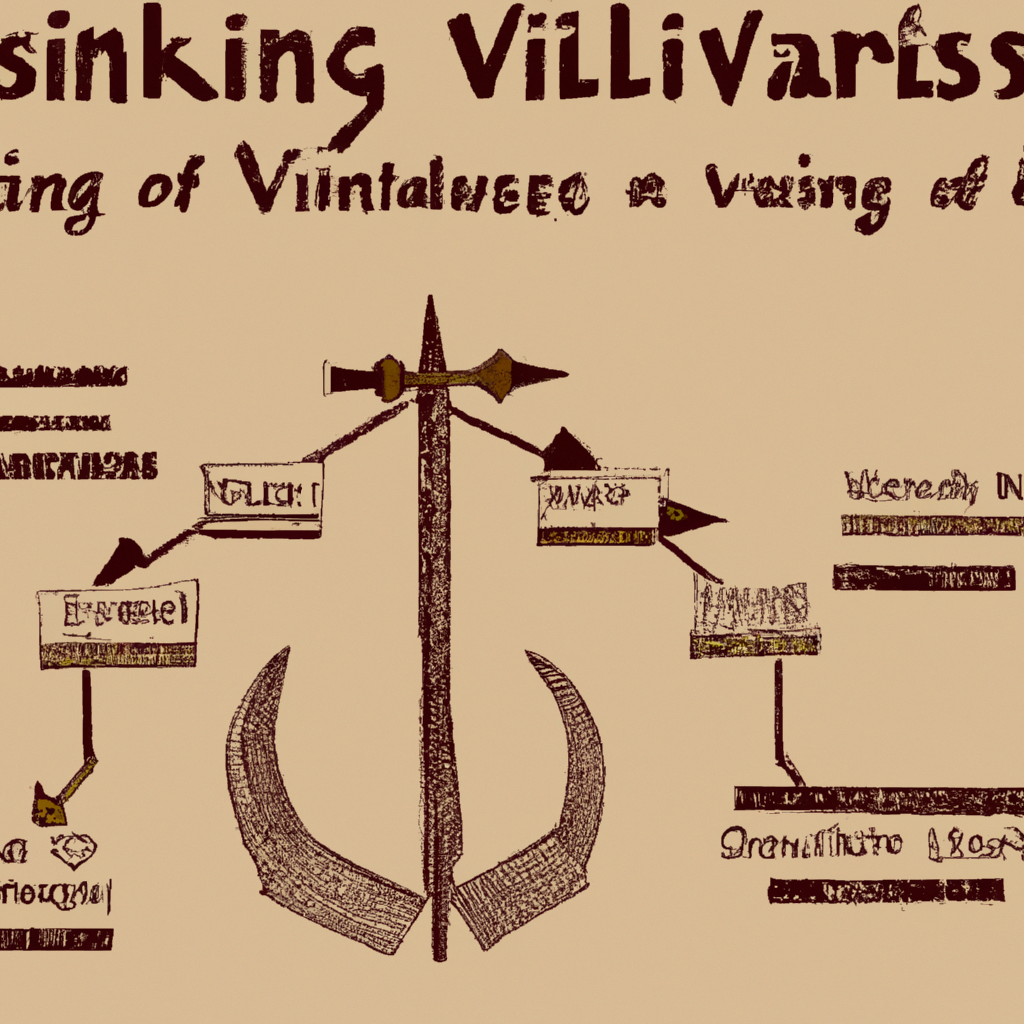Viking Life and Social Structure: Community, Feasts, and Law
Welcome, dear readers, to this fascinating journey into the world of Viking life and social structure! The Vikings, the seafaring warriors of the past, had a rich and diverse culture that encompassed everything from their tight-knit communities to their grand feasts and well-structured legal systems. Join us as we delve into the depths of Viking society, exploring their sense of community, their extravagant feasts, and the laws that governed their lives.
1. Community: The Bond of Viking Brotherhood
Viking society was founded on a strong sense of community, with a deep bond existing between its members. Whether it was through family ties, shared ancestry, or simply geographic proximity, Vikings relied on one another for survival and protection.
In each Viking community, the primary unit was the family, known as a “kindred.” These close-knit family groups formed the foundation of the larger Viking society. They lived in longhouses, which were large communal buildings that sheltered multiple families under one roof.
The Viking community extended beyond immediate family, as individuals were also tied to extended kin, known as a “thing.” The “thing” was a larger assembly of several families, often ruled by a chieftain, who was responsible for maintaining order and resolving disputes within the community.
Did you know? Unlike other societies of the time, Viking women enjoyed certain rights and freedoms. They could inherit property, divorce their husbands, and run their own farms in the absence of their male relatives.
2. Feasts: Celebrating Victories and Building Alliances
No exploration of Viking society would be complete without discussing their legendary feasts! These gatherings were pivotal events where Vikings celebrated victories, forged alliances, and showcased their wealth and power. Feasts played an essential role in maintaining social order and reinforcing the community’s bonds.
Feasts were often held at the homes of chieftains or wealthy individuals and were grand affairs filled with excessive food, drink, music, storytelling, and even competitive games. These events were an opportunity for Vikings to display their generosity, as the host would spare no expenses in providing lavish feasts for their guests.
During these jubilant celebrations, mead and ale flowed freely, and the entire community came together. Guests exchanged gifts, musicians entertained with lively tunes, and skalds (Viking poets) recited tales of heroic deeds and ancient legends. The feasting not only satisfied the hunger of the body but also nourished the bonds between community members.
3. Law: The Pillar of Viking Society
As with any complex society, the Vikings had a well-structured legal system to govern their daily lives and maintain order. The law, known as the “Thing system,” played a crucial role in Viking society and ensured fairness and justice.
The “Thing” was an assembly where free men and women gathered to resolve disputes, discuss community matters, and pass judgments. These gatherings took place at designated meeting places, often located on open-air plains or under sacred trees.
The judgments made at the “Thing” were based on existing laws and customary practices, which were passed down through generations. Each community had its own set of laws, but there were also regional laws that applied to larger areas, such as a whole province or kingdom.
Did you know? The Viking legal system was primarily oral in nature, and professional judges were not involved. Instead, individuals argued their own cases, supported by witnesses and evidence.
When a verdict was reached, it was the responsibility of the community to enforce it. Failure to comply with the judgment could result in social ostracization or even exile from the community. Thus, the legal system played a vital role in maintaining order and preserving the harmony of Viking society.
Now that we’ve explored Viking life and social structure, it’s evident that their communities, feasts, and laws were integral parts of their way of life. From the strong bonds of brotherhood to the joyous celebrations and the well-structured legal system, the Vikings left behind a lasting legacy that continues to captivate us today.
For a visual glimpse into the Viking world, check out this fascinating video: [include the link to the YouTube video here].
We hope you’ve enjoyed this foray into the realm of Viking life, dear readers. Stay tuned for more captivating insights into history and culture!
